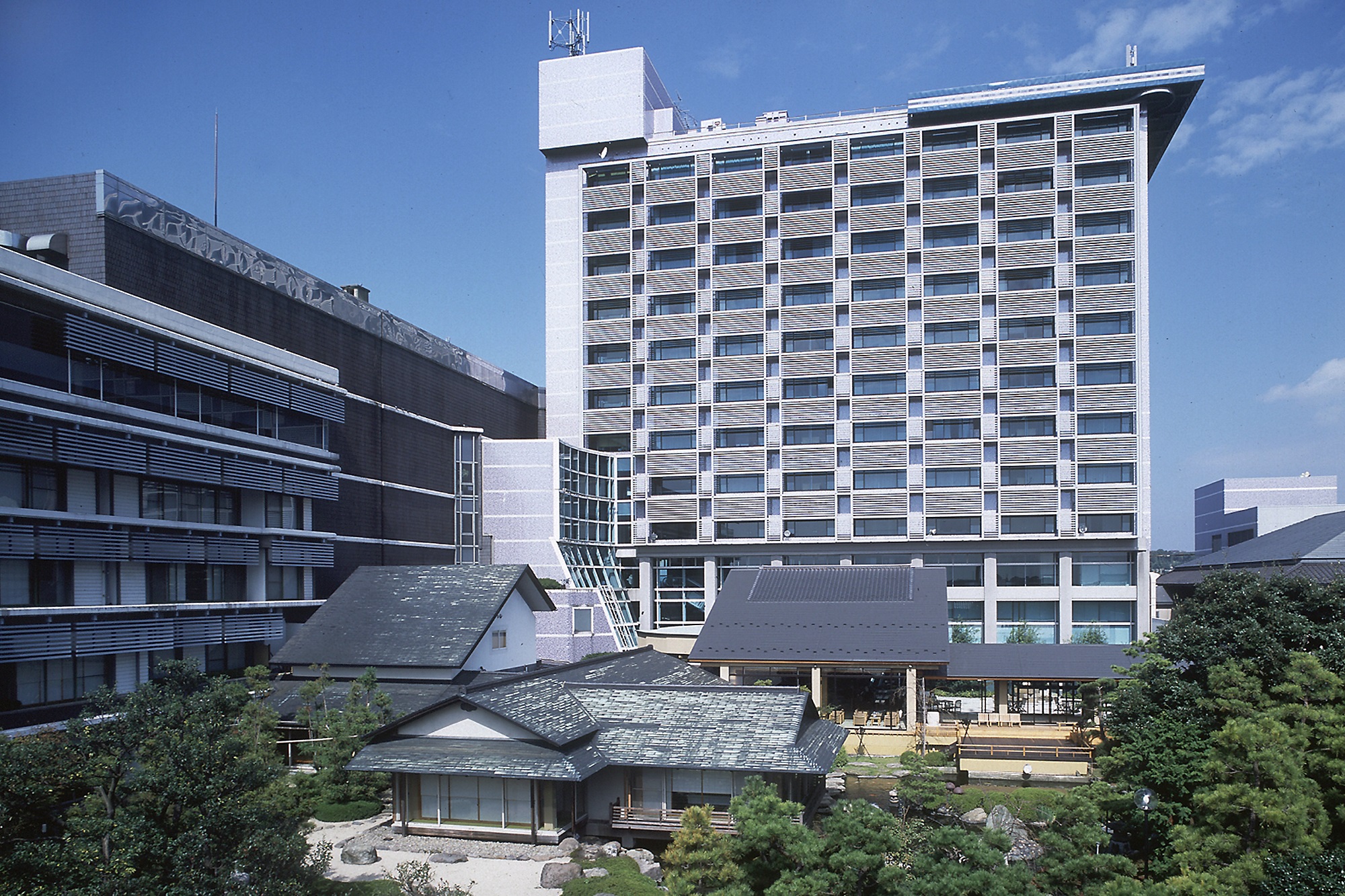Tojinbo Cliffs / 東尋坊 (Fukui)
About Tojinbo Cliffs
Tojinbo Cliff is the most famous tourist attraction spot in Fukui Prefecture. The tall cliffs are made up of countless natural columns of stone created 12 to 13 million years ago by volcanic activity and are one of just three columnar joints examples in the world. Over the centuries, the harsh waves of the Sea of Japan have carved out the stones. Today, the shoreline is lined with deep valleys, pools of water and cliffs as high as 30 meters. It has also been designated a national monument and a place of scenic beauty.

Tojinbo Cliffs were formed about 13 million years ago, when magma rose almost to the surface and cooled and hardened underground, forming pentagonal and hexagonal rocks in the process. Later, tectonic movements brought the rocks to the surface, where waves and wind scraped and eroded the softer surrounds, giving the area its present distinctive appearance. The large-scale columnar joints of dacite, extending about one kilometer, are geological rarity similar only to Mount Kumgang on the Korean Peninsula and the west coast of Norway in Scandinavia, and are considered of incalculable value.

The name Tojinbo is said to derive from the name of a monk from the Heian period (794-1185). Tojinbo, a monk of Hakusan Heisenji Temple [Heisenji Hakusan Shrine today], was a very violent person who caused nothing but trouble. One day, Tojinbo was summoned by a monk Magara Kakunen, his rival in love for Ayahime, and was pushed off a cliff when he was drunk. The naming of the “Tojinbo cliffs” is said to came after the monk “Tojinbo”, because the sea surged violently for 49 days following the incident.
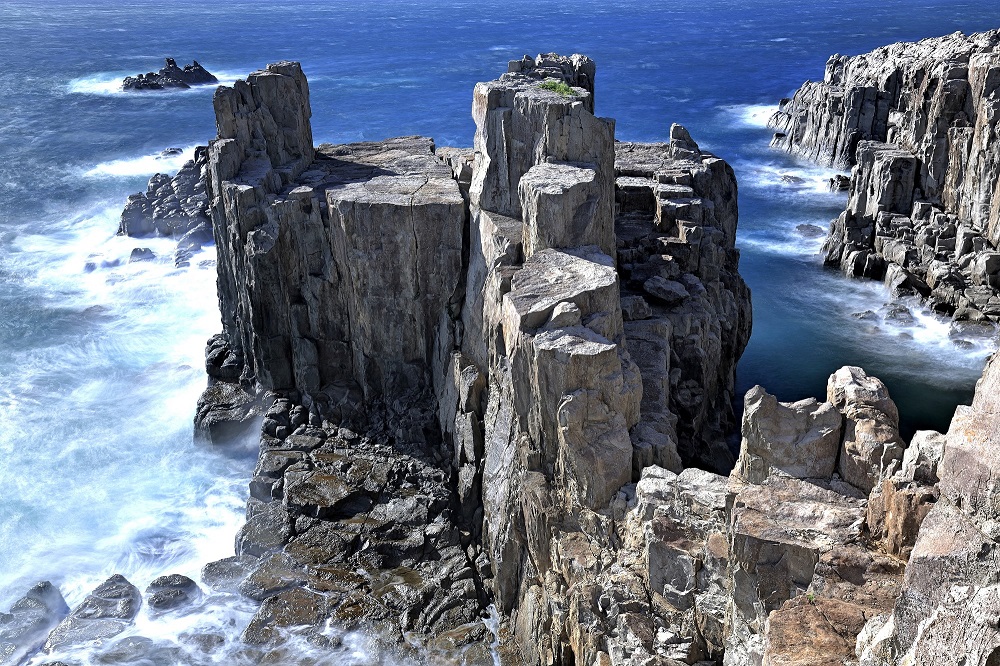
From the top of the cliffs, see a breathtaking view of the turbulent waves of the Sea of Japan crashing into Tojinbo Cliffs. Climb up to the tip of the cliff and look down for a compelling view. Selected as one of the “Best 100 Sunsets in Japan”, the changing colors of the sea and sky at Tojinbo Cliffs during magic hour are a sight to behold, there is also a rare chance of green flash phenomenon.
“Tojinbo Cliffs” are famous for the view from the top of the cliffs, and another spectacular sight is the view from the sea. From "Tojinbo Cliffs Sightseeing Boats", take in a view of Tojinbo Cliffs only seen from the sea, while feeling the pleasant breeze from the waves. Views of "Hachi-no-Su Iwa", a formation resembling a large beehive, and "Lion Iwa" [Lion Rock], may only be seen from the boat.

Off the coast of Tojinbo Cliffs is a small island called "Oshima". The island is reached on foot via a beautiful 224-meter vermilion-lacquered bridge. The island has long been revered by the locals as "the Island of Gods" and is shrouded in a mysterious ambience. The entire island is covered with vegetation, so, walk a kilometer-long promenade, admiring over 100 year-old towering trees and magnificent sea cliffs. From Tojinbo Cliffs, take a leisurely walk along the Araiso Promenade and enjoy the scenery of the Sea of Japan.
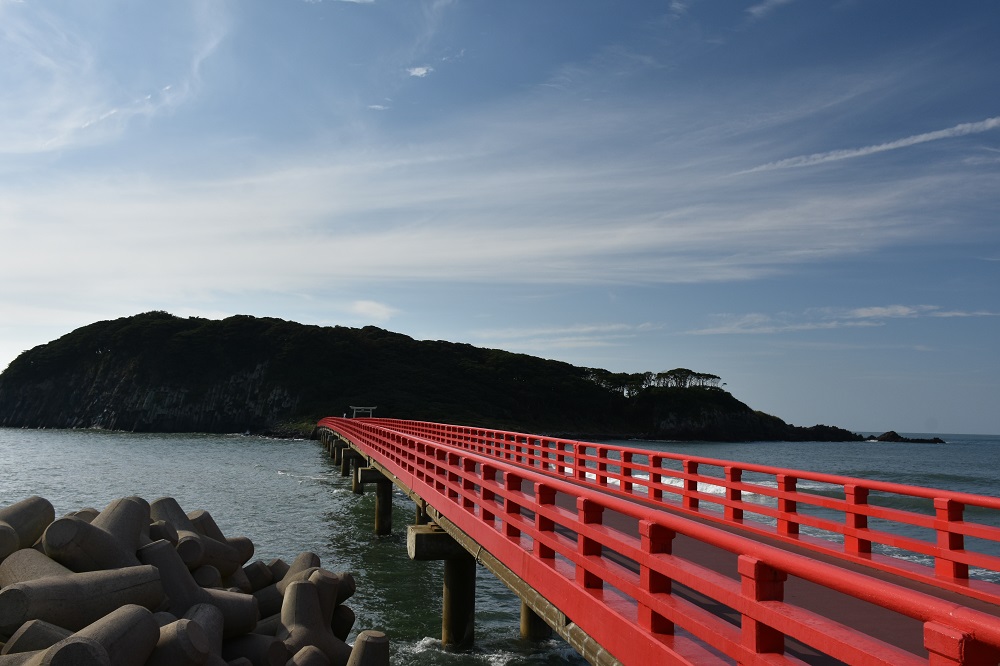
Getting there and around
by Train
From JR Nagoya Station: take the JR Hokuriku Line "Limited Express Shirasagi" to Tsuruga Station, transfer to the JR Hokuriku Shinkansen (Bullet Train) Line or HAPI-LINE FUKUI to Awaraonsen Station.
From JR Tokyo Station: take the JR Hokuriku Shinkansen (Bullet Train) directly to Awaraonsen Station.
From Osaka and Kyoto: take the JR Hokuriku Line "Thunderbird Limited Express" to Tsuruga Station, transfer to the JR Hokuriku Shinkansen (Bullet Train) Line or HAPI-LINE FUKUI to Awaraonsen Station.
by Bus
From Awaraonsen Station, take the Keifuku Bus Tojinbo Line (No. 85 or No. 97) to Tojinbo.
The "Tojinbo 2-day free pass" will take you on unlimited rides of designated areas for two days.
Recommendations
Awara Onsen and Mikuni Onsen / 芦原温泉・三国温泉
Awara Onsen, located close to Tojinbo Cliffs, is one of the most popular onsen [hot spring] areas in Fukui Prefecture, attracting over one million tourists every year. There are 74 springs, and because each accommodation facility owns its source, you may enjoy different hot spring qualities and benefits depending on the accommodation facility. And at Mikuni Onsen, located by the sea close to Tojinbo, enjoy bathing while admiring the beautiful scenery by the Sea of Japan and the sunset.
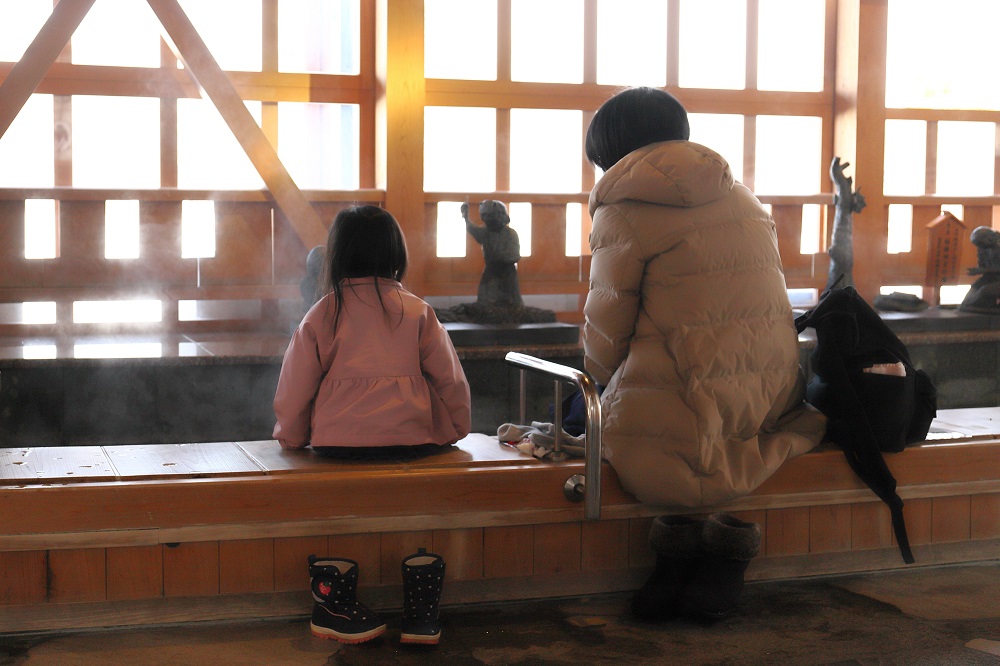
Mikuni Sunset Beach / 三国サンセットビーチ
Mikuni Sunset Beach is renowned for its stunning sunsets over the horizon. The clear and shallow water makes an ideal and safe beach for families. The beach is crowded, even with visitors from outside of the prefecture, during summer, being conveniently located within a walking distance from Mikuni Port Station with many accommodation facilities and restaurants nearby, and the lively Hamachaya [beach shacks].
Meanwhile, in winter, marine sports, especially surfing is popular, by taking advantage of the rough waves of the Sea of Japan. At Mikuni Pier, located adjacent to Mikuni Onsen Yua Port, where bathing while looking at the sea is possible, is a major facility of Mikuni Port, which is a modern port that represents the early Meiji Era. A beautiful, gently curved pier completed in 1882, under the guidance of Dutch craftsman Essel.
The beach is also known as the venue for the Mikuni Fireworks Festival, one of the largest in the Hokuriku region.
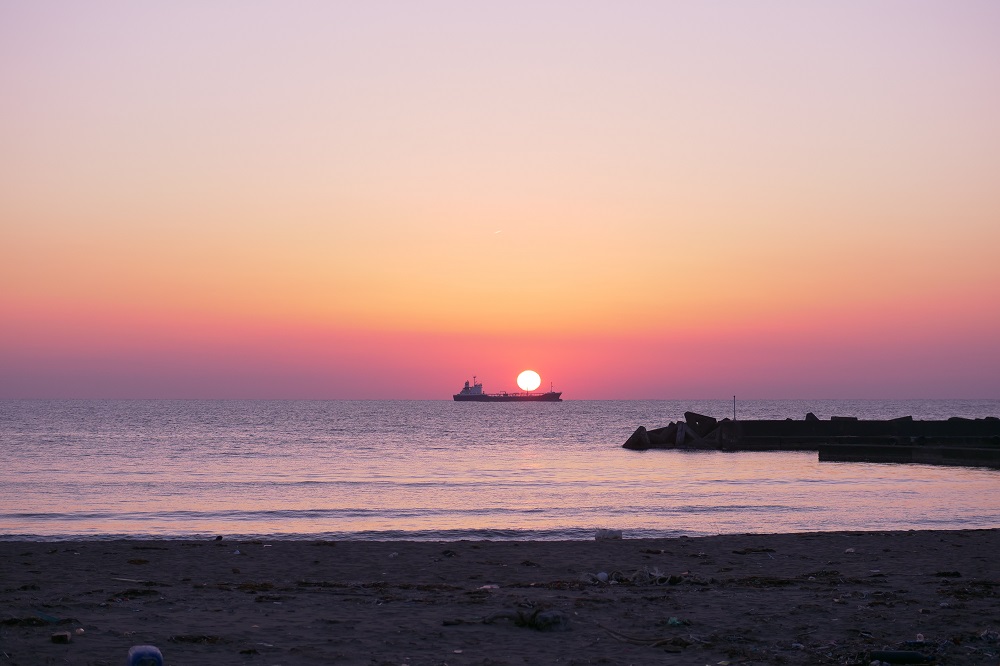
Echizen Matsushima / 越前松島
Echizen Matsushima is the beautiful landscape of small islands resembling Matsushima in Rikuzen [Miyagi Prefecture], where the name derived from. A majestic rock formation appears among quiet fishing villages along the coastline stretching northeast from Tojinbo Cliffs. The scenery is made by the same columnar jointed rocks as Tojinbo Cliffs, but with fan rocks, timber rocks, and other landscapes in uniquely shaped formations.
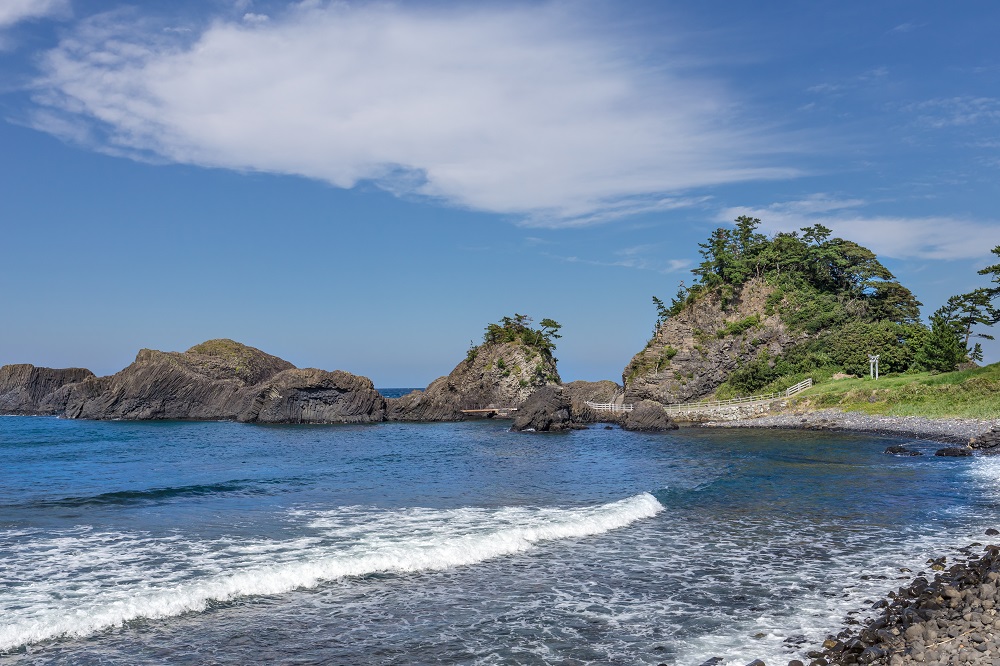
Travel Recommendations
The shopping street on the way to Tojinbo lined up with restaurants and shops are lively with visitors enjoying fresh local seafood and purchasing regional souvenirs. There are not many restaurants around Tojinbo, so eating in the shopping street is recommended.
Accommodations
Grandia Housen / グランディア芳泉(Fukui)
43-26 Funatsu, Awara, Fukui
Founded in 1963, Grandia Housen is a large Ryokan [Japanese-style accommodation facility], spreading over expansive area of approximately 1,000㎡. In addition, the large public bath "Tenjo no SPA", reopened in 2017, housing a large public bath, a slee....

